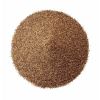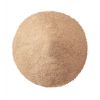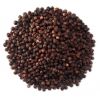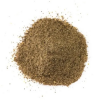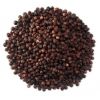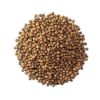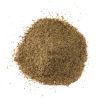About ofi's Pepper
Black Pepper vs. White Pepper: what’s the difference and which is right for you?
While both varieties originate from the same vine, they couldn’t be more different – varying in color, taste, smell and even age. Learn more about which pepper would best fit your application. Read more




